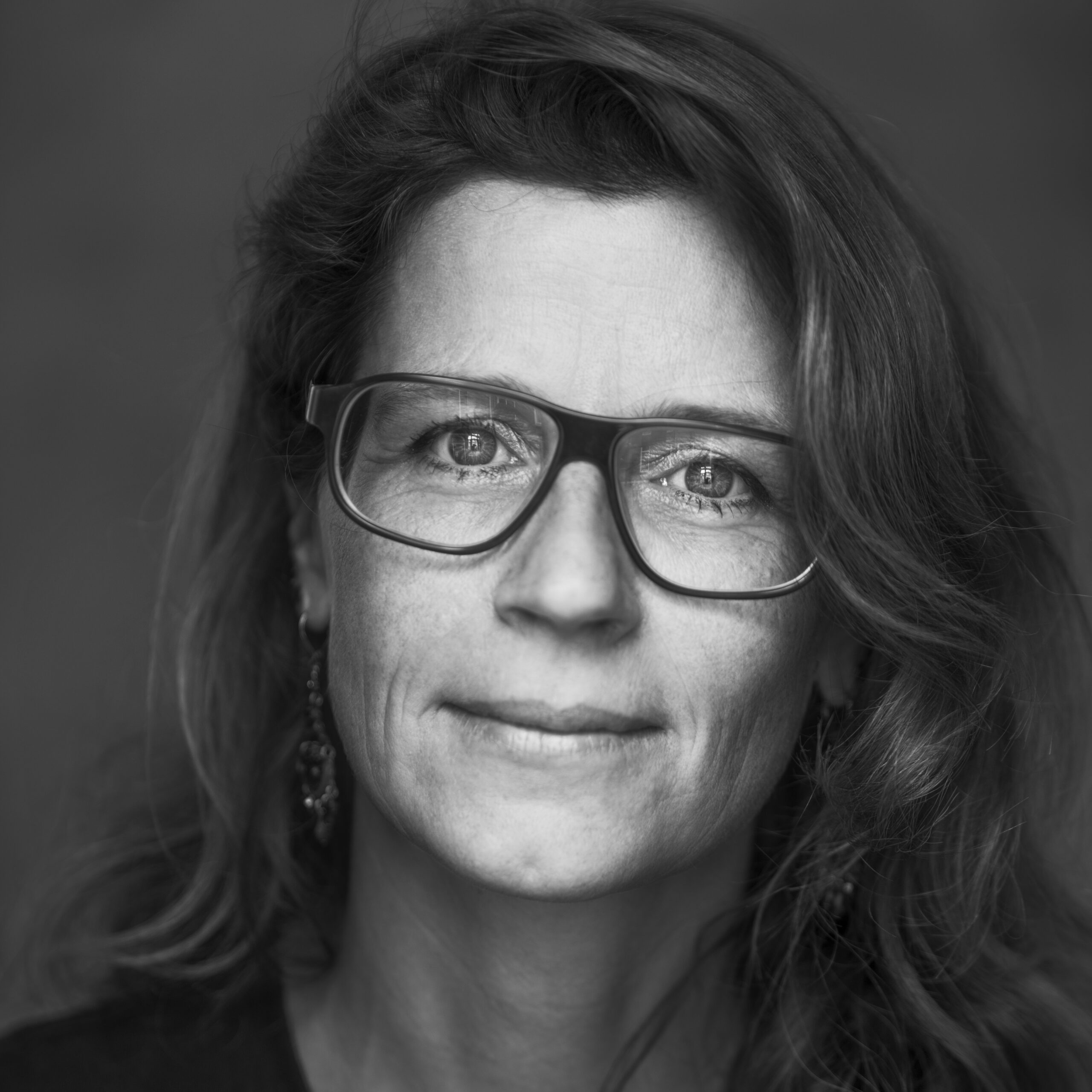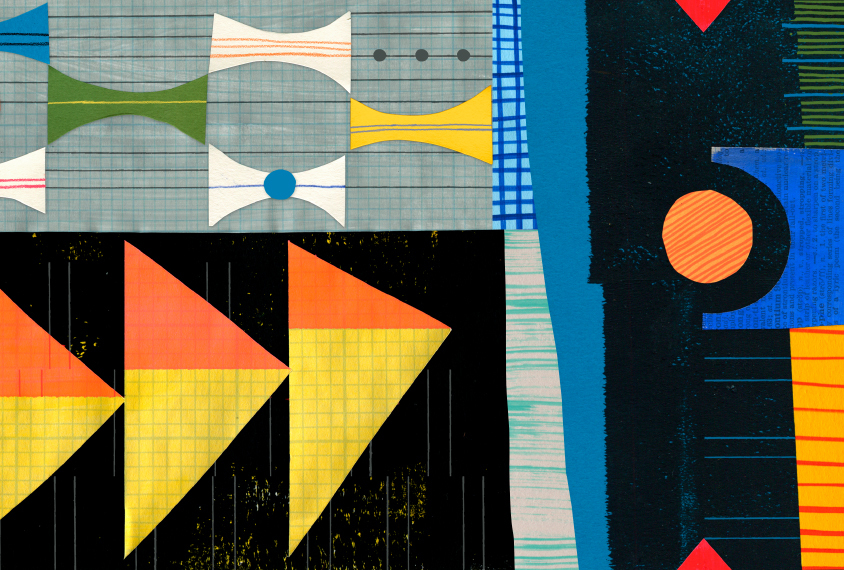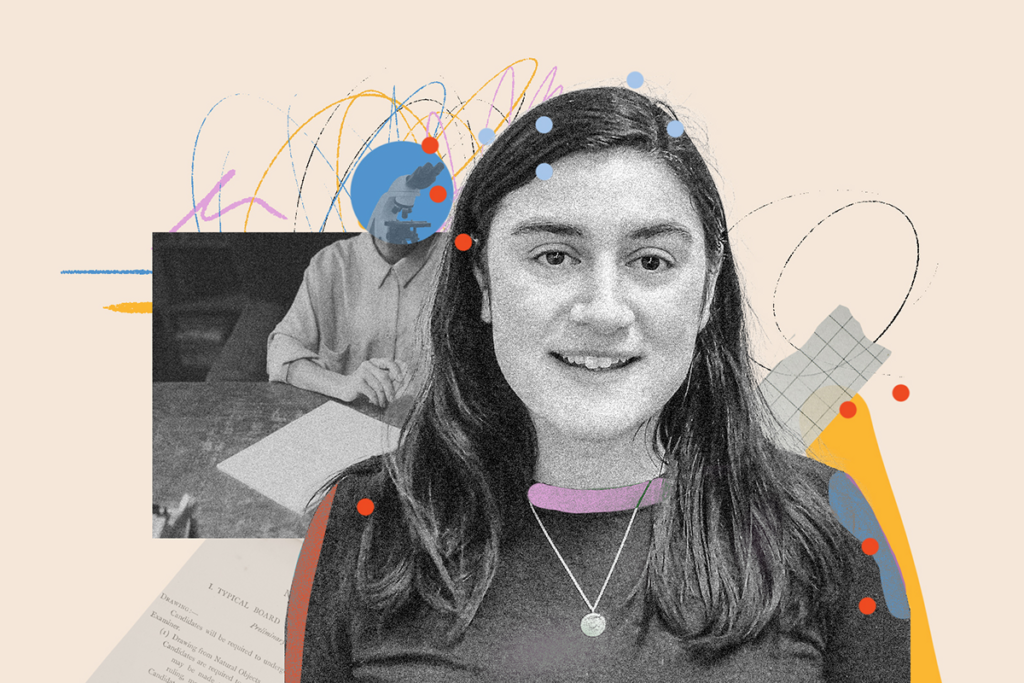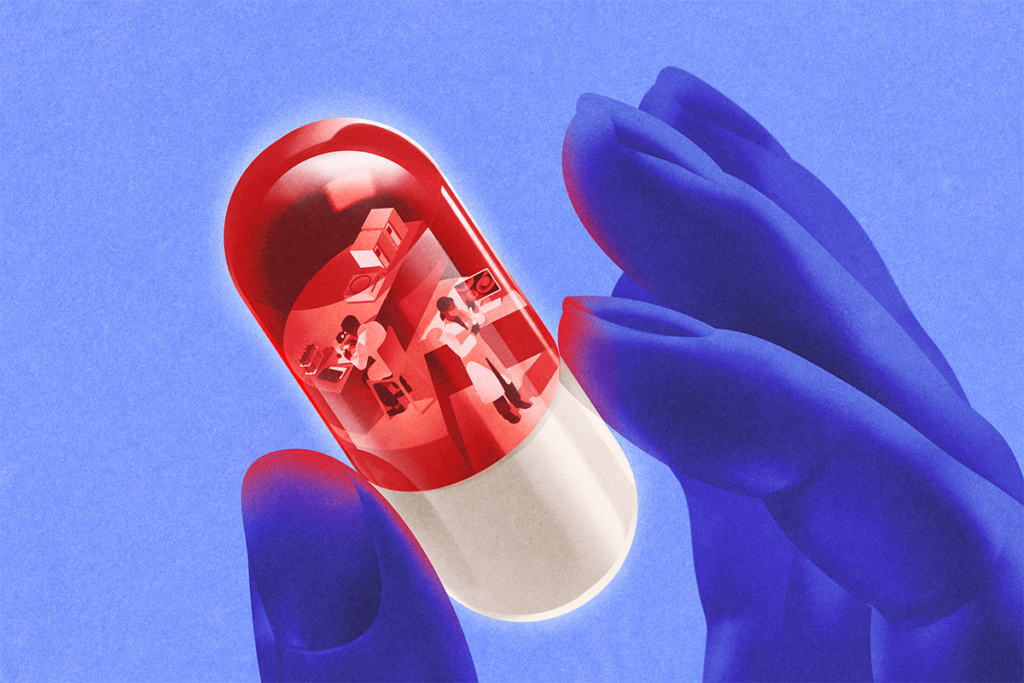Hilde Geurts is professor of clinical neuropsychology at the University of Amsterdam in the Netherlands and senior researcher in the autism clinic of Leo Kannerhuis.

Hilde Geurts
Professor
University of Amsterdam
From this contributor
Validating autism subtypes: A crucial but often overlooked step in research
Studies of autism subtypes rarely validate their results, and this has led to a proliferation of autism subtypes of questionable utility. But reliable subtyping can help improve the prognosis for and care of autistic people.

Validating autism subtypes: A crucial but often overlooked step in research
Explore more from The Transmitter
Frameshift: Shari Wiseman reflects on her pivot from science to publishing
As chief editor of Nature Neuroscience, Wiseman applies critical-thinking skills she learned in the lab to manage the journal’s day-to-day operations.

Frameshift: Shari Wiseman reflects on her pivot from science to publishing
As chief editor of Nature Neuroscience, Wiseman applies critical-thinking skills she learned in the lab to manage the journal’s day-to-day operations.
How basic neuroscience has paved the path to new drugs
A growing list of medications—such as zuranolone for postpartum depression, suzetrigine for pain, and the gepants class of migraine medicines—exist because of insights from basic research.

How basic neuroscience has paved the path to new drugs
A growing list of medications—such as zuranolone for postpartum depression, suzetrigine for pain, and the gepants class of migraine medicines—exist because of insights from basic research.
Dispute erupts over universal cortical brain-wave claim
The debate highlights opposing views on how the cortex transmits information.

Dispute erupts over universal cortical brain-wave claim
The debate highlights opposing views on how the cortex transmits information.